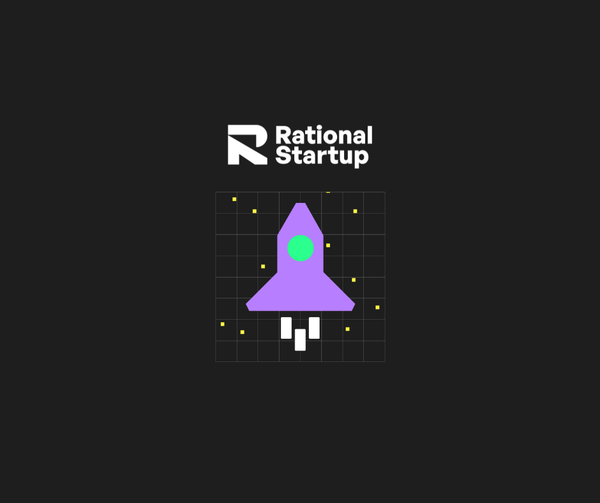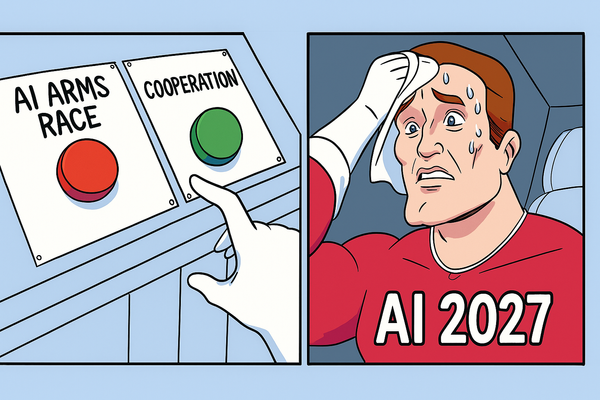Why Your AI Projects Keep Failing (And It's Not the AI's Fault)

Let's talk about something that's probably happening in your company right now.
You're excited about AI. You've bought some tools. Maybe you've even hired a team. But three months in, nothing's working the way you expected.
Here's the uncomfortable truth: Salesforce just surveyed 6,000+ enterprise data leaders, and 84% said their data strategies need a complete overhaul before AI can actually work.
But here's the crazy part—63% of executives in the same survey think their companies are already data-driven.
That gap? That's why your AI projects are failing.
The Real Problem Isn't the AI
You walk into an AI meeting assuming your data is fine. After all, you've been running reports for years. Your analytics team produces dashboards. Everything looks good from the executive suite.
Then reality hits.
Your data isn't ready for AI. Not even close.
The difference is simple: Traditional business intelligence is patient. It can wait for overnight batch jobs. It's okay with reports that take 30 minutes to generate.
AI agents? They need answers in seconds. They need to pull information from multiple systems instantly. They can't wait for your data warehouse to finish its nightly cleanup routine.
Seven Things the Successful 16% Are Doing Differently
Only 16% of companies are successfully scaling AI. Here's what they figured out:
1. They Test Before They Buy
Before dropping money on AI tools, run two simple tests:
Can your system answer a basic factual question about your data in under 5 seconds? Something like "What's our current inventory for Product X?"
Can you pull together a complete customer view across sales, support, billing, and shipping—with no missing data—just as fast?
If the answer is no, you're not ready for AI. You need to fix your infrastructure first.
2. They Don't Copy Data Around
Traditional data warehouses copy everything to one central location, clean it up overnight, then make it available for reporting.
That worked fine in 2015. It doesn't work now.
Companies that succeed with AI are 34% more likely to use what's called a "zero copy" approach. Instead of copying data to a central warehouse, they teach AI to query information where it already lives.
The catch? This requires internal technical capacity. You can't just buy this from a vendor and expect it to work. Your data setup is unique, and you need people who understand how to make it all work together.
3. They Add Context to Their Data
Here's a common problem: Your database shows $2 million in revenue from Acme Corp in Q3. Your AI sees that and adds $2 million to your annual recurring revenue projections.
But that $2 million was a one-time contract, not recurring revenue. Your AI just gave you completely wrong financial projections.
Why? Because the data lacked context.
Nearly half of organizations draw incorrect conclusions because their data doesn't include business context. The more data you add without context, the more confidently wrong your AI becomes.
You need what's called a "semantic layer"—basically, a translation guide that helps AI understand what different data actually means in your business.
4. They Automate Governance
I know, I know. "Governance" sounds like the opposite of moving fast.
But here's the thing: The 16% who are successfully scaling AI all have strong governance practices. They just don't run them through human approval processes.
Instead, they automate quality monitoring. They treat data issues the same way they treat software outages—with automated routing, severity levels, and clear ownership.
If nobody owns data quality, your data won't be quality. It's that simple.
5. They're Honest About Timelines
Vendors will promise you six-month AI transformations.
The reality for most enterprises? 18 to 36 months.
Year one: Fix critical pipelines, implement zero-copy architecture where it matters most, pilot AI agents where data is actually trustworthy.
Year two: Expand real-time capabilities, automate governance.
Year three: Scale agents across the organization.
This feels painfully slow when everyone's talking about AI moving fast. But those vendor timelines assume your infrastructure is already ready.
Spoiler: It's not.
6. They Close the Gap Between Business and Tech Teams
That 63% of executives who think they're data-driven? They're making purchasing decisions based on a reality that doesn't exist.
Then technical teams are stuck trying to deliver on promises that were never realistic.
This isn't a technical problem. It's a leadership problem.
Technical leaders need to step up and educate executives on what's actually possible with current infrastructure. Make the infrastructure work visible. Don't hide the messy details.
Business leaders need to listen and align their expectations with technical reality.
7. They Start Now
Here's the part that should scare you: Data runs on a clock.
If you're going to spend 18-36 months fixing infrastructure anyway, you need to start that clock now. Not next quarter. Not next year. Now.
We're in the middle of an AI revolution. The curve is exponential. Every month you wait, you fall exponentially farther behind.
The Bottom Line
The companies that successfully scale AI aren't doing it because they're better at writing prompts or picking the right models.
They're doing it because they fixed their data infrastructure first.
They did the boring work. They ran diagnostics. They accepted honest timelines. They invested in their data foundations before they invested in flashy AI tools.
That's the execution gap. And unlike AI capabilities, closing that gap is completely within your control.
The question is: Are you going to close it?





